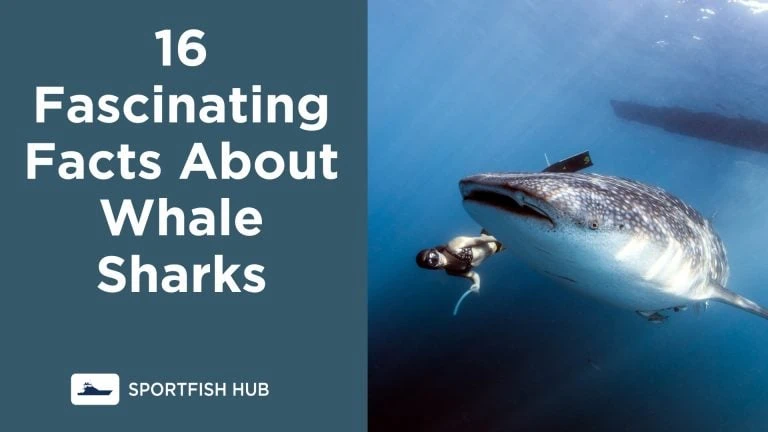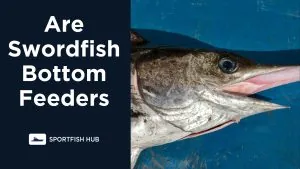Whale sharks are the largest fish in the ocean, yet many mysteries remain about these majestic marine giants. They inhabit tropical and temperate seas across the globe, migrating thousands of miles between rich feeding grounds.
Despite their tremendous size, whale sharks feed on some of the smallest organisms in the ocean. Read on to learn 16 facts about Whale Sharks:
Whale sharks (Rhincodon typus) are slow-moving, filter-feeding sharks and the largest extant fish species in the world. They are found in coastal regions of tropical and warm temperate oceans around the globe. While called a shark, whale sharks are more closely related to rays than predatory sharks like great whites.
Size and Physical Characteristics
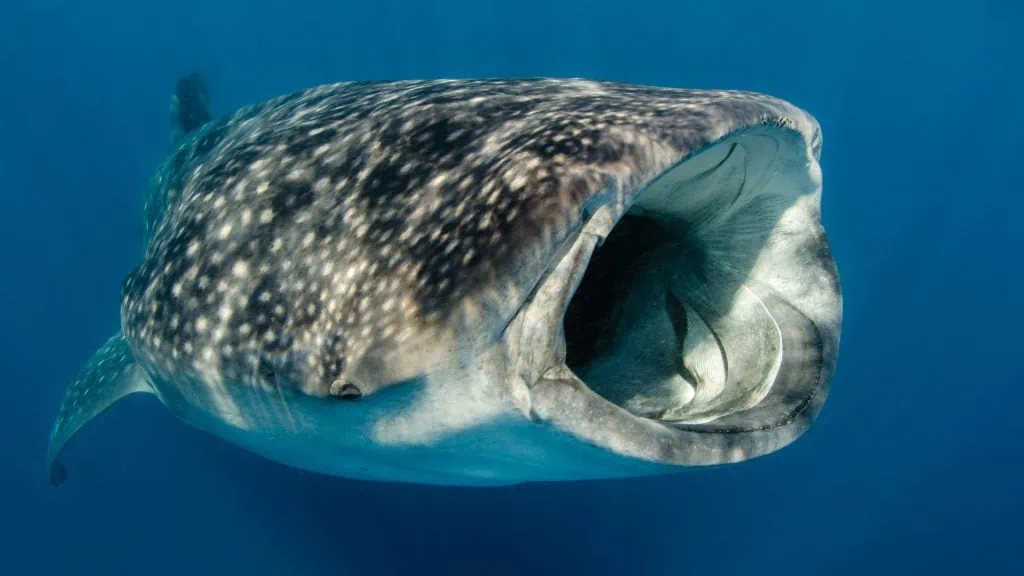
Whale sharks stand out for their mammoth size and striking appearance:
- Length: Average 32 feet (10 m), but can reach up to 62 feet (19 m)
- Weight: 20 tons (18 metric tons), or about 30 small cars
- Mouth: Up to 5 feet (1.5 m) wide
- Unique appearance: Gray, brown, or blue on top with white underside and light stripes/spots
- Teeth: Tiny teeth cover eyeballs and filter pads for straining food
Despite their tremendous bulk, whale sharks are surprisingly nimble swimmers. Their cartilage skeletons, broad fins, and mighty yet gentle sweeps of the tail make them highly efficient cruisers.
Researchers have recorded whale sharks diving to depths of nearly 3,300 feet (1,000 m), holding their breath for up to an hour. On the ocean’s surface, satellite tags have tracked whale sharks moving over 13,000 miles in under 3 years.
Diet and Feeding Habits
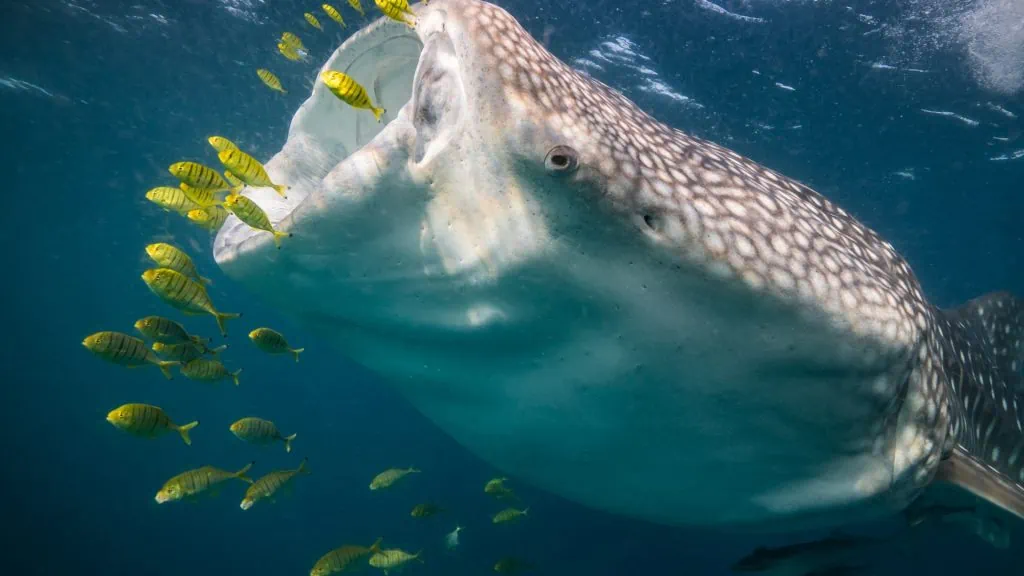
Whale sharks are filter feeders that sustain their immense bulk by straining tiny organisms from seawater. Their diet consists mainly of:
- Plankton
- Small fish
- Krill
- Squid
- Crab larvae
- Small squid
| Food Source | Estimated Quantity Consumed Daily |
|---|---|
| Plankton | 21 lbs (9.5 kg) |
| Small fish | 14 lbs (6.5 kg) |
| Krill | 7 lbs (3 kg) |
Whale sharks have several adaptations for vacuuming up food:
- Gaping mouth: Allows large volumes of water to flow into the mouth
- Gill rakers: Filter pads with small holes trap tiny morsels of food
- Suction method: When lots of prey is concentrated, whale sharks vacuum it up while “standing” vertically
By some estimates, an adult whale shark may filter over 6,000 lbs (2,700 kg) of water per hour. That’s about the same capacity as a commercial water truck!
Habitat and Range
Whale sharks inhabit tropical and warm temperate oceans between 30°N and 35°S latitude. Sightings are rare in waters outside this range.
They tend to live pelagically, migrating between coastal feeding hotspots:
- Western Atlantic Ocean
- Gulf of Mexico
- Caribbean Sea
- Indian Ocean
- Pacific Ocean
- Southeast Asia
- Australia
- Philippines
- Taiwan
- Southern China
Population densities peak at key aggregration sites, including:
- Ningaloo Reef, Western Australia
- Belize Barrier Reef, Central America
- Philippines and Taiwan
- Quintana Roo, Mexico
- Galapagos Islands, Ecuador
Conservation Status and Threats
The International Union for the Conservation of Nature (IUCN) classifies whale sharks as endangered. Threats to their survival include:
- Fisheries: Targeted and accidental catching by commercial fisheries
- Boat strikes: Collisions with cargo ships and passenger liners
- Finning: Hunted for fins sold in Asian markets
- Habitat degradation: Ocean pollution and climate change
Legal protections now exist in several countries including the Philippines, India, Taiwan, Maldives, Honduras, and Thailand. But enforcement remains a challenge.
See Also: Why are Whale Sharks Endangered?
Further research into whale shark behaviors and movements is needed to support conservation strategies. Eco-tourism may also incentivize preservation by generating income for local communities.
Interesting Whale Shark Facts
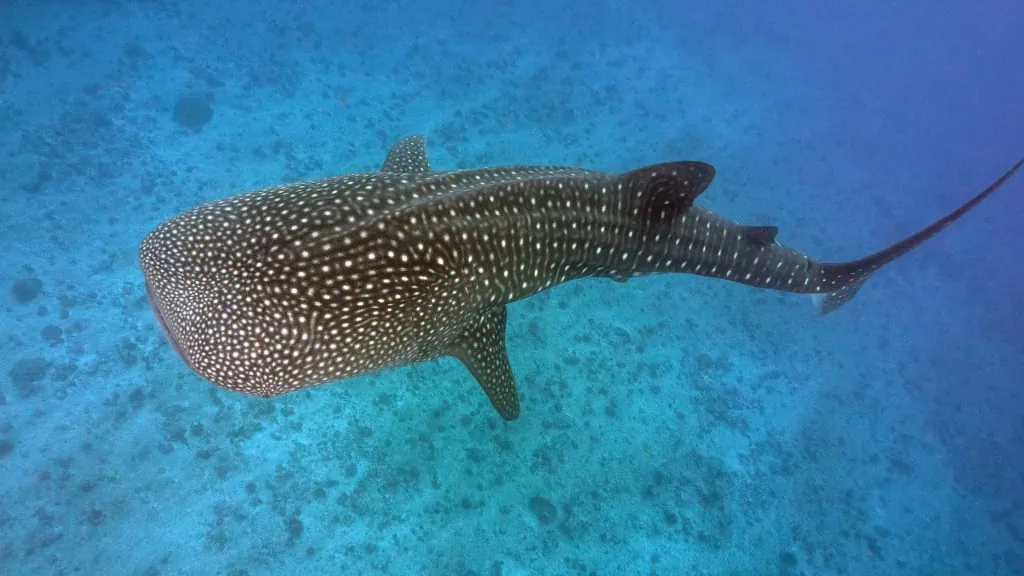
- Migrate up to 13,000 miles every 3 years, the longest migration of any fish
- Thought to live 70 – 100 years
- Give birth to live young rather than laying eggs
- Have smallest fins proportional to body size of any shark
- Can expand mouth wide enough to fit a person inside
- Tend to avoid areas with water temps below 70°F (21°C)
- Have livers that can account for 25% of total body weight
- Male whale sharks likely do not reach maturity until 30 years old
Whale sharks will cruise vast distances to take advantage of “food blooms” where plankton populations explode. By tracking these gentle giants, scientists gain insights into ocean health and the impacts of climate change.
There is still much to uncover about whale shark behavior, reproduction, and migration patterns. Further research and conservation efforts are critical to ensure the future survival of these marine marvels. By learning to live in harmony with whale sharks, humans also gain a deeper appreciation for the wonders of the sea.

